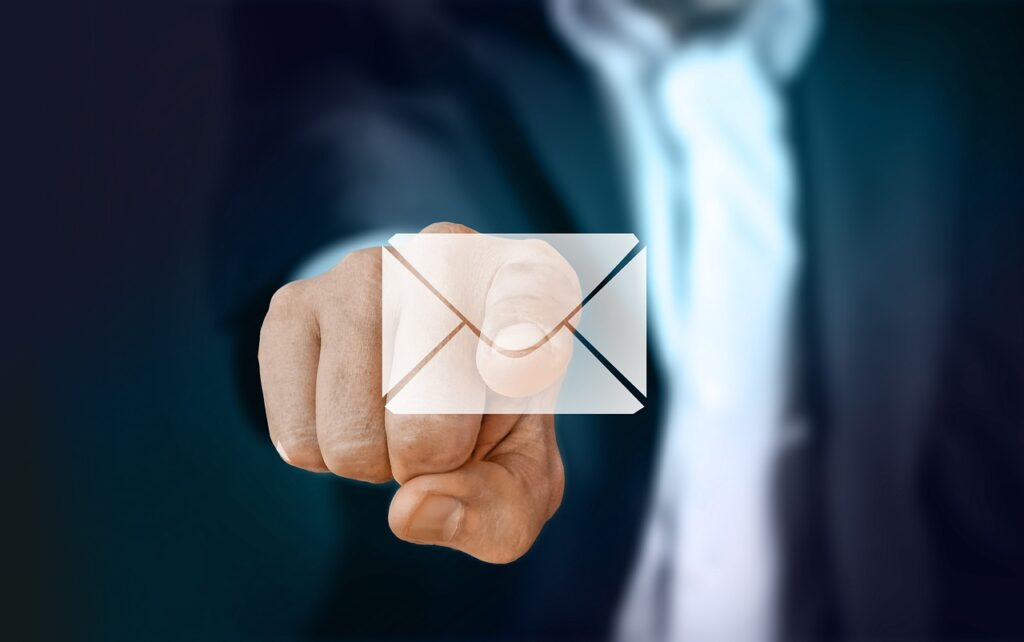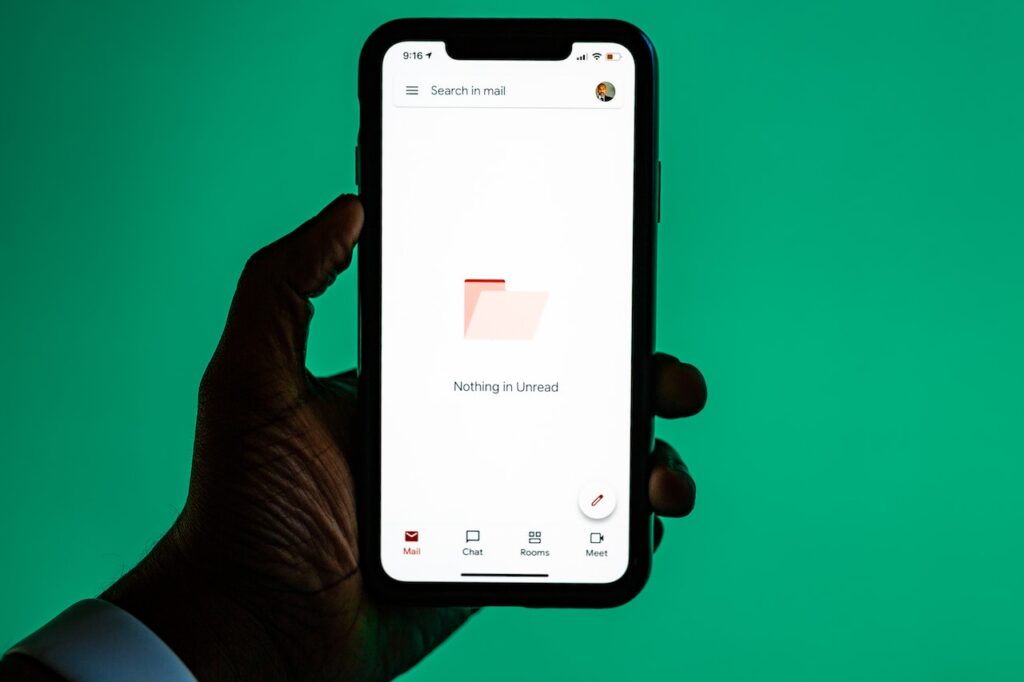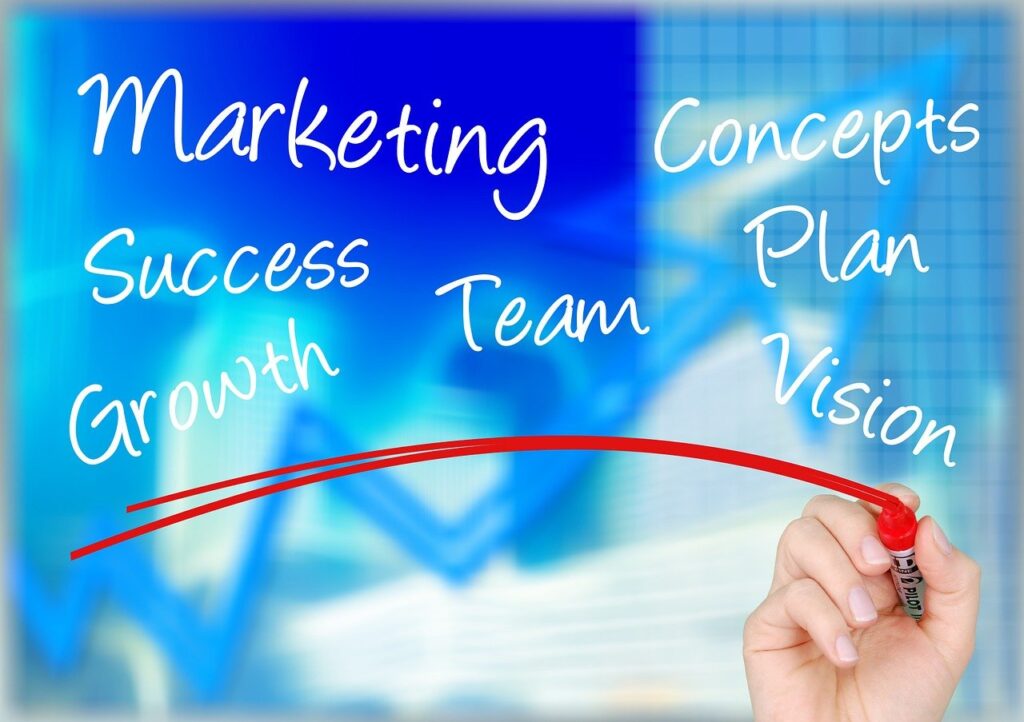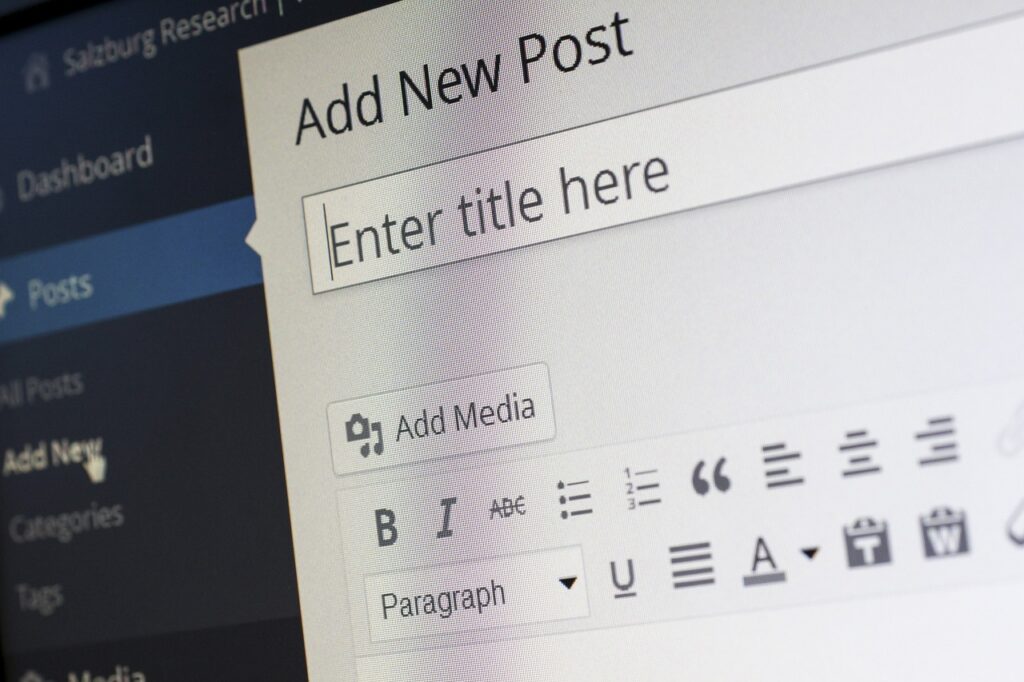You’re probably not surprised that “How to Email Better” warrant a whole, dedicated blog post.
I mean, are you a busy person, with basically no time to read dense, mile-long emails? Yeah, me, too.
Yet I *know* we all get these lengthy messages daily. They make me want to tear my hair out sometimes.
I get that storytelling is a powerful approach and that businesses want to build that know-love-trust (KLT) factor. But geez-a-loo — gimme a break!
I’m willing to bet most peeps just don’t have the mental or temporal bandwidth to scroll scroll scroll through — and actually read — this kind of message on the reg. Especially when you’re getting inundated with this sort of thing by multiple senders, often several times a week.
This is really a shame. Because I truly believe that everyone has something valuable to share. It’s sad if that gets lost or thwarted because their email is so bulky or bloated that you practically need to schedule into your calendar to work through them.
Disclaimer: This post has some affiliate links. If you click on my affiliate links, I may be compensated. Learn more.

Big, Bad Emails: The Fallout
IMHO, these kinds of emails are unreadable. And often, they are so offensive to my bizcom sensibilities that I don’t even feel compelled to try to read them. (I just don’t wanna!) It’s too much effort to even bother.
Why?
Oh, how about things like:
- Sentences and paragraphs are too long.
- Fonts are often too small or smooshed.
- Links don’t work.
- Images don’t display.
- Don’t even get me started on the colors and layout!
Given that my inbox is stuffed with “difficult” to process emails, makes me realize that there are a lot of people out there who still aren’t utilizing best practices for creating easily-scannable, highly-consumable emails.

🛑Stop It Right Here Right Now🛑
Here are some simple — but powerful! — tips you can use when writing emails so that they’re more digestible. By this, I mean more readable, scannable, skimmable, internalizable, processable, consumable.
9 Tips to Improve Readability
Try incorporating some of the techniques below next time you’re drafting an email. They’re fast, easy, and insanely actionable.
- Provide Value — Focus on delivering content that works towards achieving your goal: to inform, to educate, to entertain, to nurture, etc. Make people want to make the effort to open your emails and dive into the message. Don’t bug them with useless fluff.
– - Include Only the Necessities — Don’t overload your message with too many details or verbosity. Recently, someone mentioned that the ideal length for emails is under 200 words. As in that’s how much readers will invest themselves in wending their way through your message. Right-size your message to suit its purpose and audience. And on a similar note, only include folks in the email distribution if they need to be there. Yes, it’s a balancing act between giving enough and sharing too much.
– - Use Descriptive Subject Lines — Start setting expectations of what’s inside. Build excitement and intrigue. I always appreciate it when there are indicators like [Action Required] in the subject if I need to do something based on the message. Emojis are also fair game.
– - Embrace Lean & Responsive Design — Readers may view your message on any number of devices so your message needs to accommodate various screen sizes and internet/cellular connectivity. Responsive message templates should adjust to fit the computer, phone, tablet, etc. used for checking email. Not bogging your email down with a gazillion images, attachments, etc. should help keep it lightweight and accessible via even the spottiest of cell/wi-fi services. Using purpose-made templates (offered by many/most email marketing and funnel software) can make this a non-effort.
– - Assume Ignorance — Always include the who, what, where, when, why, and how. You can’t count on your reader having seen any previous messages. So you have to include all the pertinent details in each message — like it’s a stand-alone communication. (This is particularly important for things like events.)
– - Keep It Short & Chunky — Brief paragraphs. Punchy sentences. Tight bundles of info. Replace words with informative graphics or links to deeper-dive videos, blog posts, or webpages. You aren’t writing an article or old-school letter — it’s OK to have more-but-smaller text blocks. These are easier to absorb at a glance and often flow better on smaller screens.
– - Format Appropriately — Smart use of bolding, italics, quotes, bullets, numbering, headers, captions, etc. go a long way to guiding your reader through your content and conveying meaning and importance of your message.
– - Focus on Above the Fold — It’s easy to imagine that your reader might not scroll and will, therefore, only see the top portion of your message. (Unless you really grab their attention and pull them in, in which case they may continue through the rest of your email.) Because of this, putting the main thrust of your message toward the beginning can be a make-it-or-break-it move. Apparently, the average person — due to average reading speeds, attention spans, and site analytics — only takes in the first 30-185ish words on a webpage before deciding whether or not to move on. If extrapolate and apply this concept to your emails — those bits up top are your window of opportunity!
– - Check/Test Everything — There’s no excuse for broken/misdirected links, images that don’t display, typos, or any other error that you could reasonably catch prior to smashing that Send button. Proofread, spell check, click on links, peer review, do dry-run emails…whatever it takes. The more mistakes there are in a message, the more the reader’s will to engage with you and your email ebbs. Sloppiness makes you look unprofessional, and if you can’t or won’t take care with your communications — why should a reader think you’d take them any more seriously?
Easier To Do Than You Might Think
If you’re feeling lost or overwhelmed here, just think of this guideline:
Create the kinds of emails you’d like to receive.
I also like to think of writing and organizing email messages as being like creating a blog post. For example:
- There’s intent and a logical flow.
- I use varied but typically shorter sentences and paragraphs with simpler language.
- Bullet points, lists, bolding, and section headers aid readers’ ability to progress through the content and catch and retain important bits.
- Calls to action are obvious and easy for readers to perform.
Worth the Effort
Don’t settle for having mediocre email skills.
Fun fact — Following these tactics not only facilitates the readability of your emails, but it can also help increase email deliverability and open/click rates. And, honestly, I get super succinct emails from a few businesses and those messages totally stand out (and I read every single one in its entirety!).
After weaving some of these methods into your repertoire, see if your emails are more readable and engaging. You can do this both via a good ol’ gut check and the cold, hard metrics in your email marketing system.
It’s likely that you’ll need to refine and finesse how you implement these tips. Every biz is different. Each email potentially requires a nuanced approach.
That’s legit. The key is to keep your eyes on the audience and purpose of your email. Why are you reaching out to these people? Is your message fulfilling that need or working toward your goal?
Make Your Emails So People Want to Devour Them
Creating easily readable/scannable emails is essential. If you actually, you know, want your audience to consume and engage with your content.
By following the tips mentioned above, you can craft better emails, leading to increased deliverability, open and click rates, and KLT. Remember to focus on providing value for your designated audience. Start implementing these suggestions today and see the difference it makes in your email efforts over time.






Pingback: Storytelling Works, But Has It Gone Too Far?